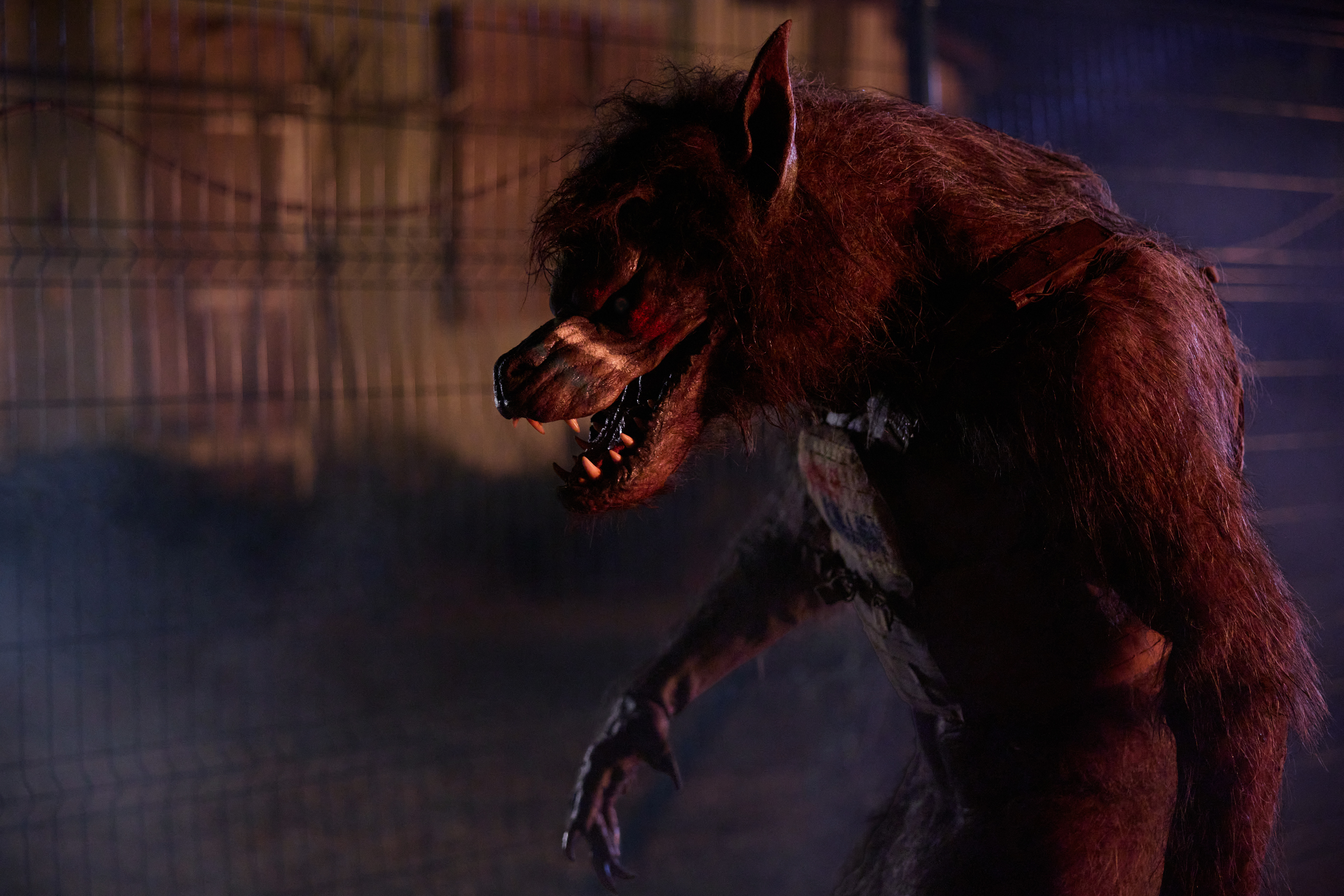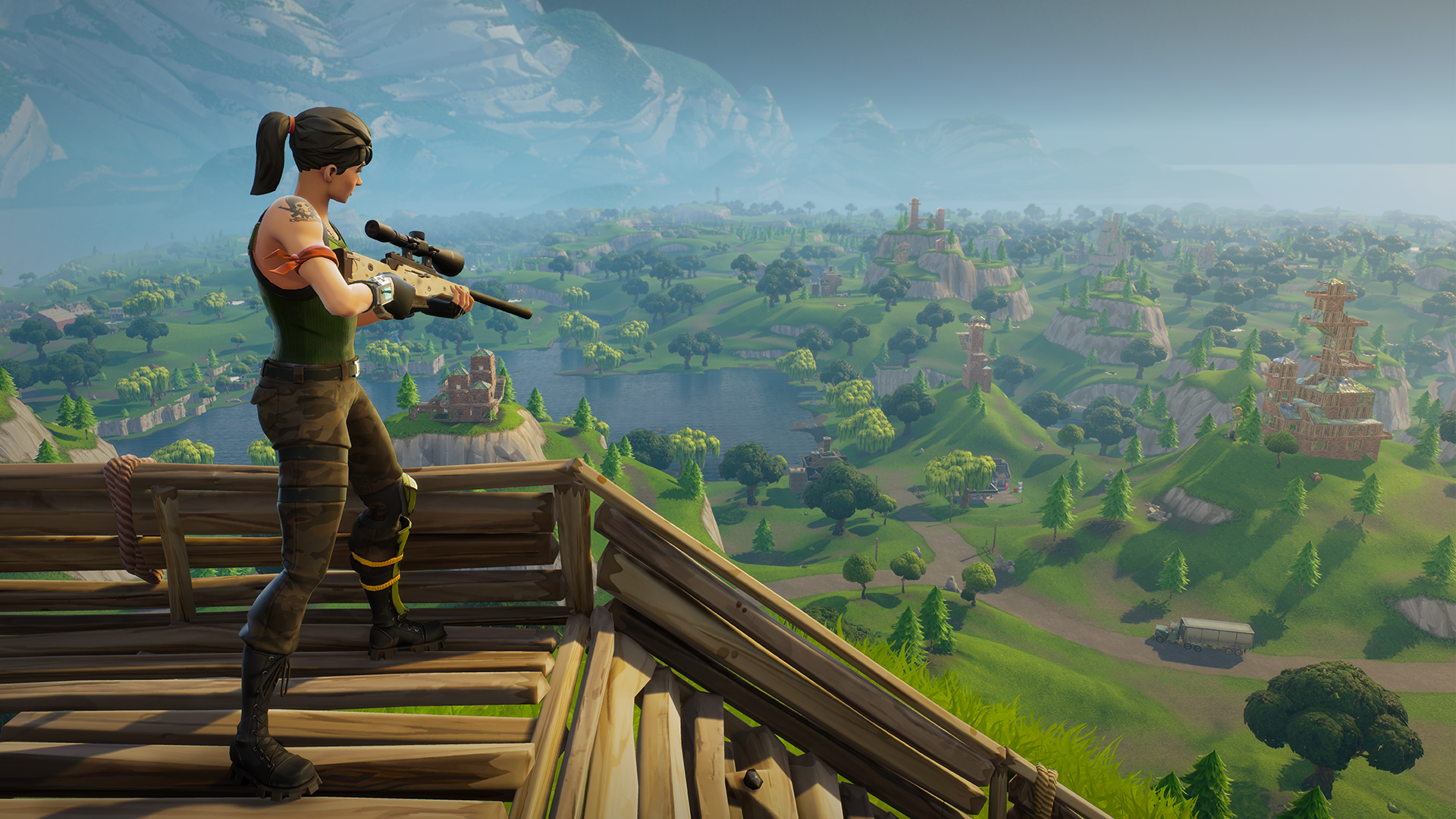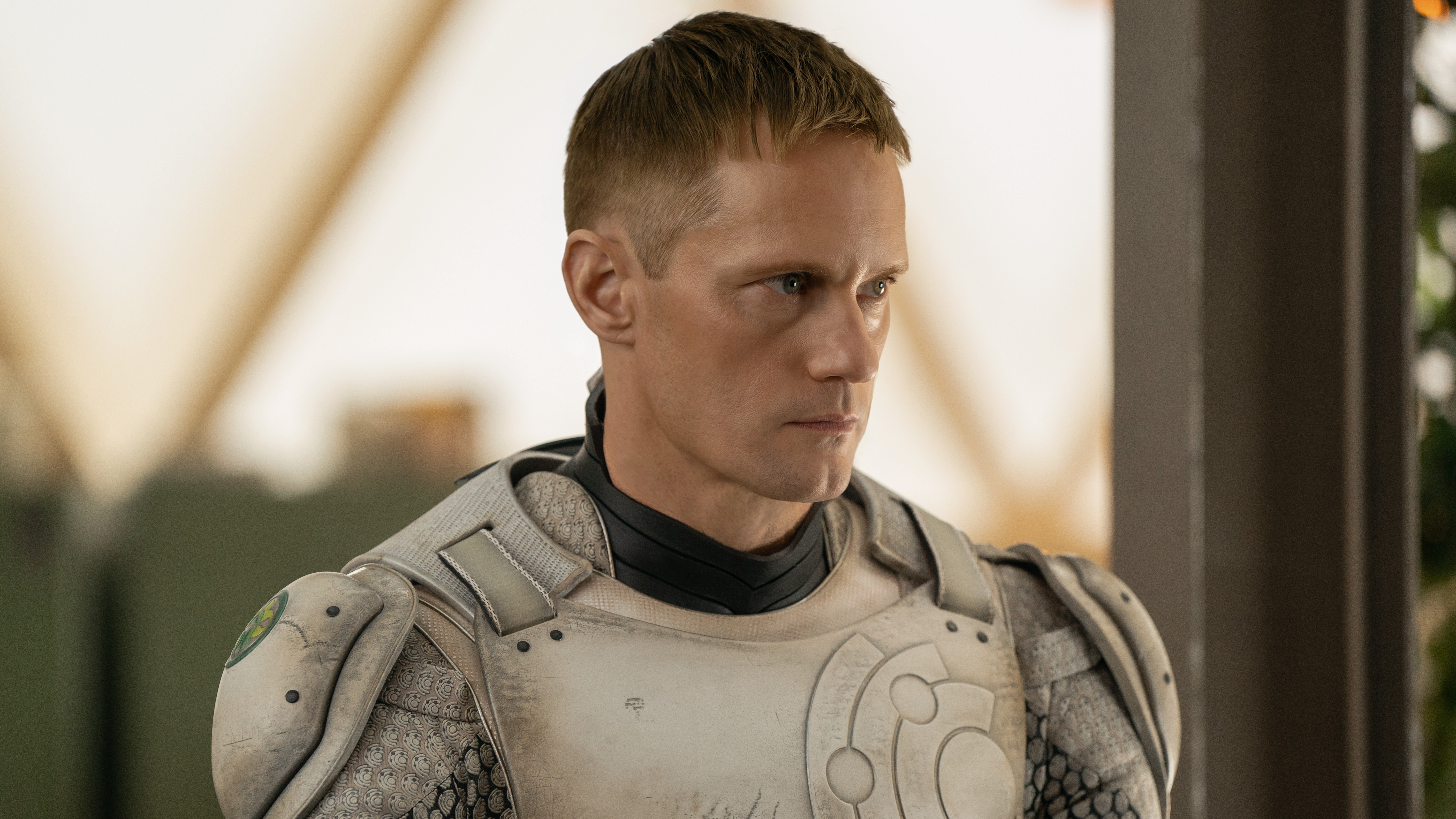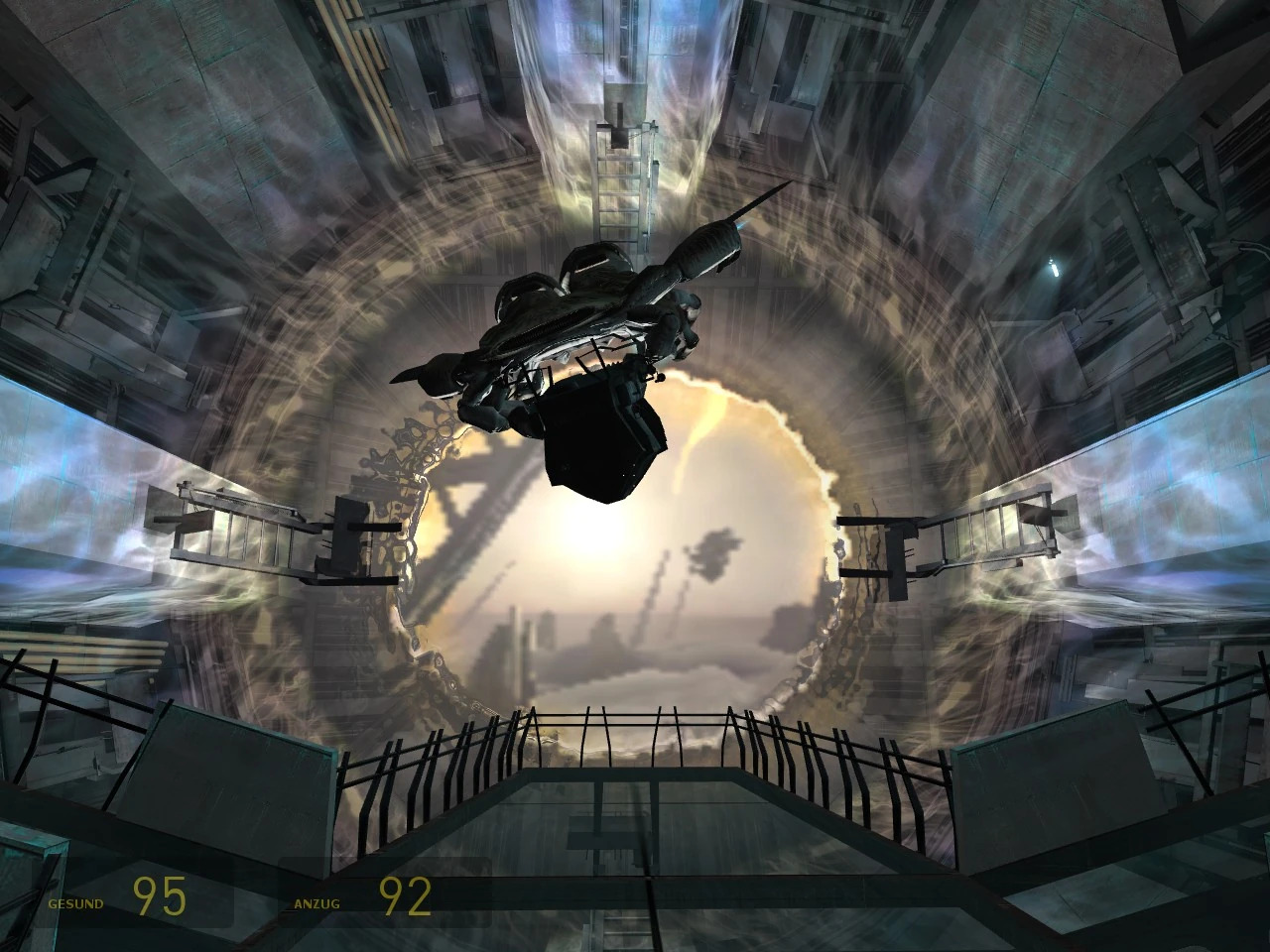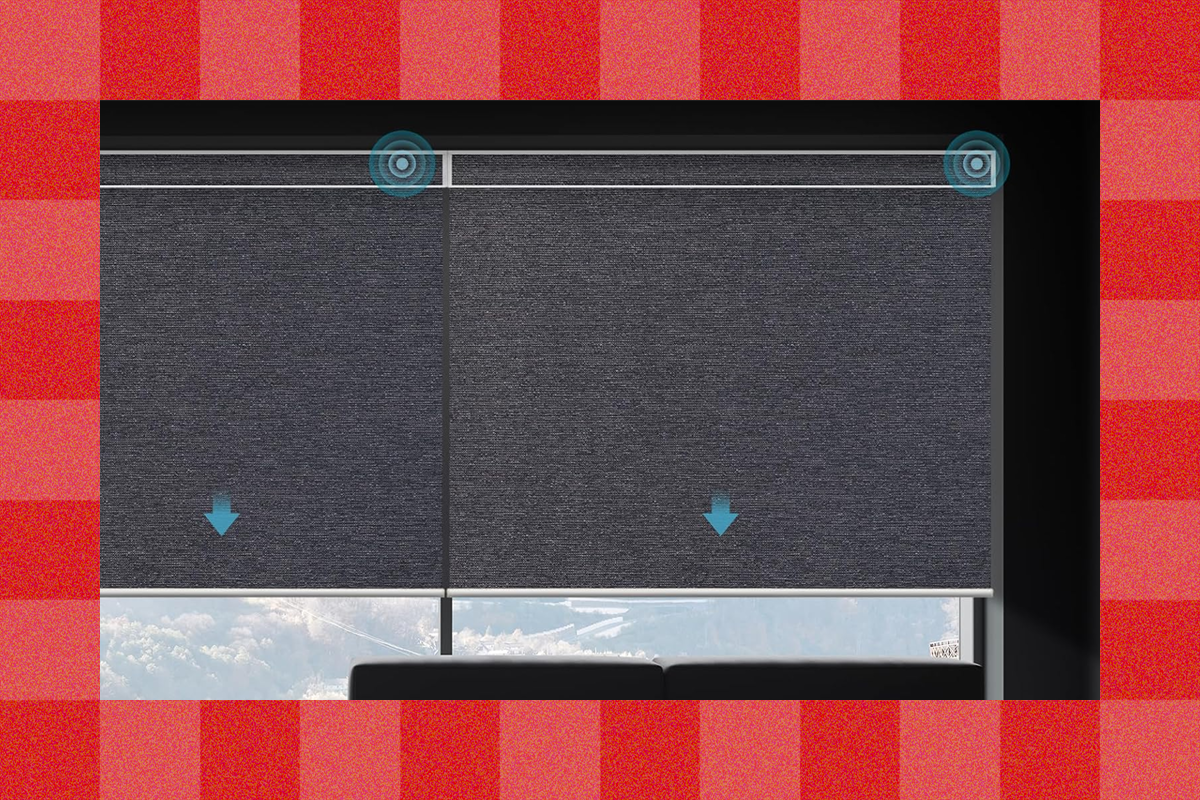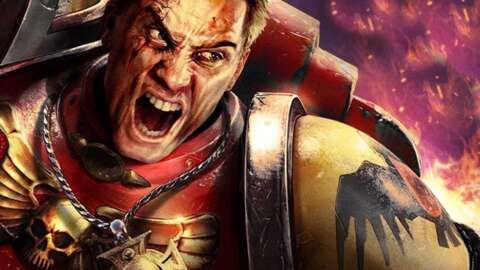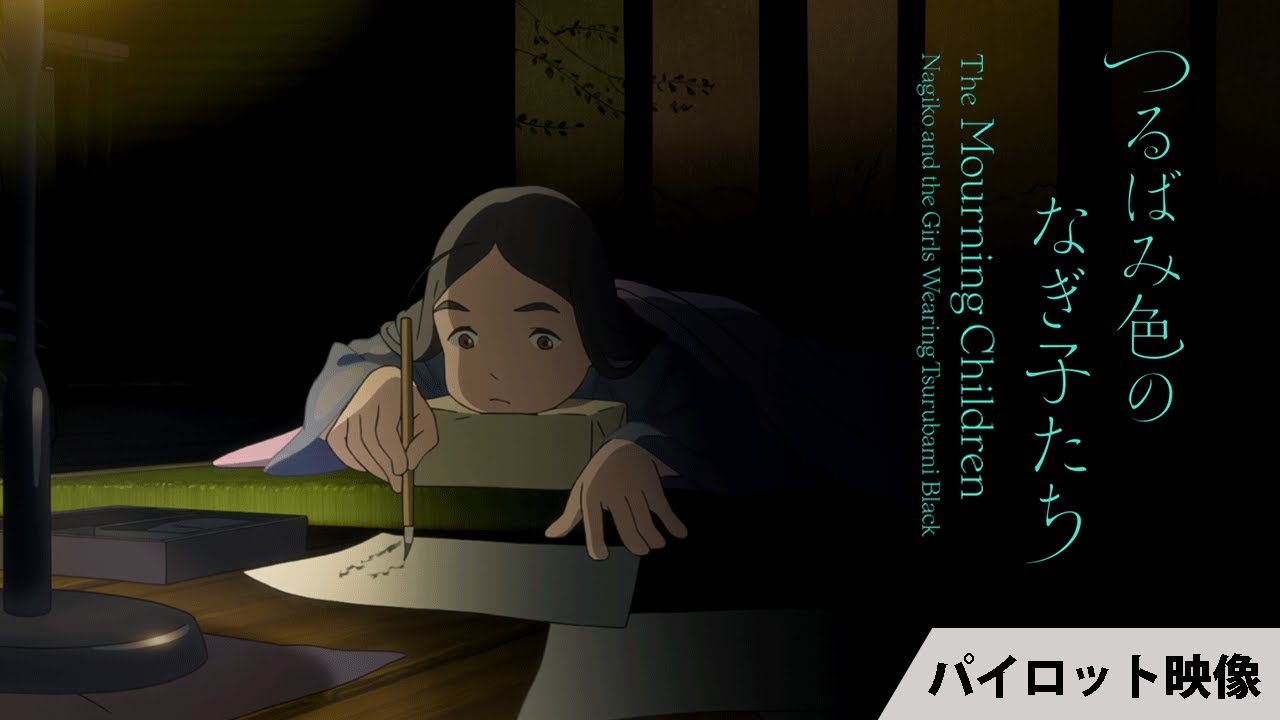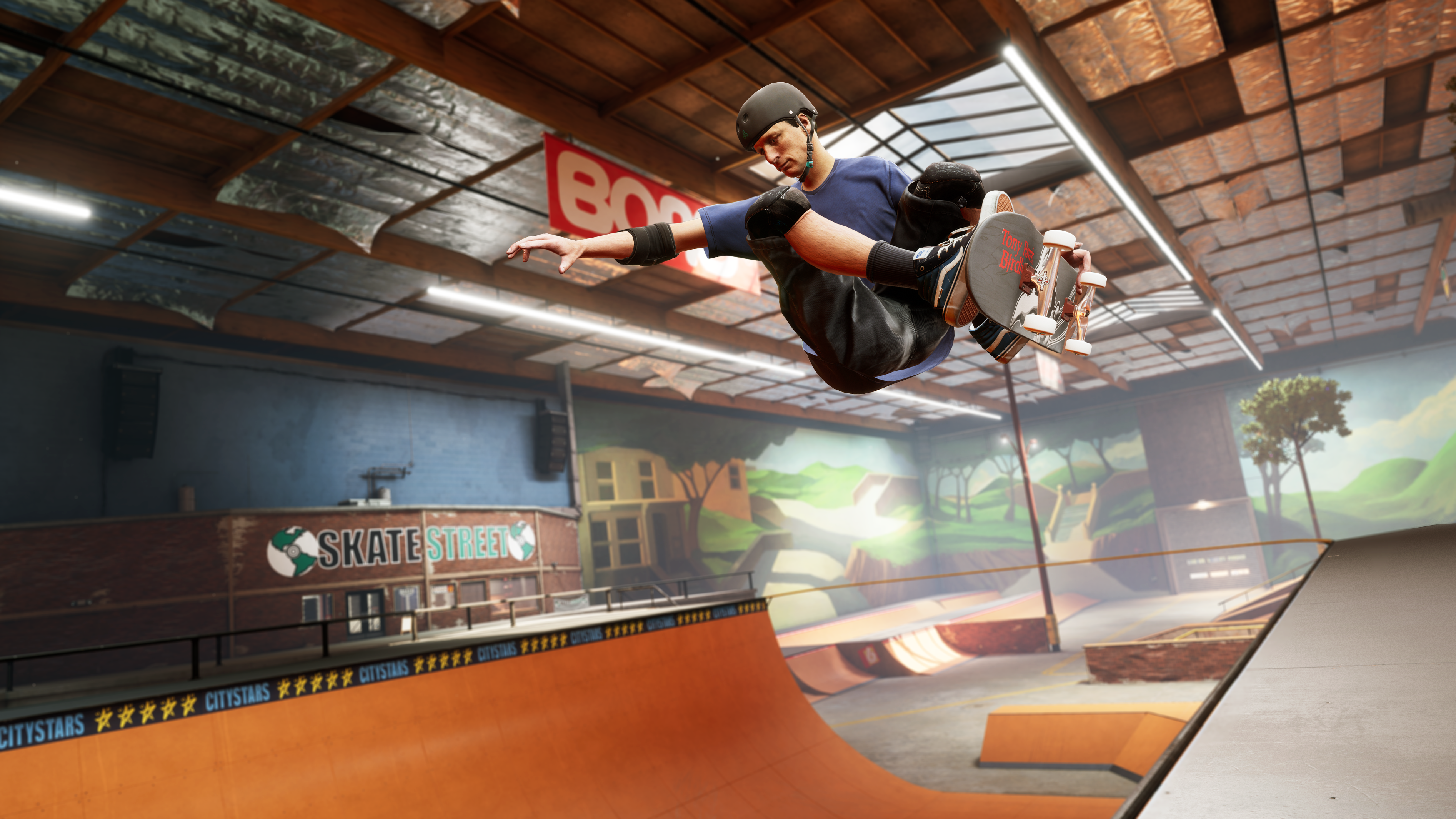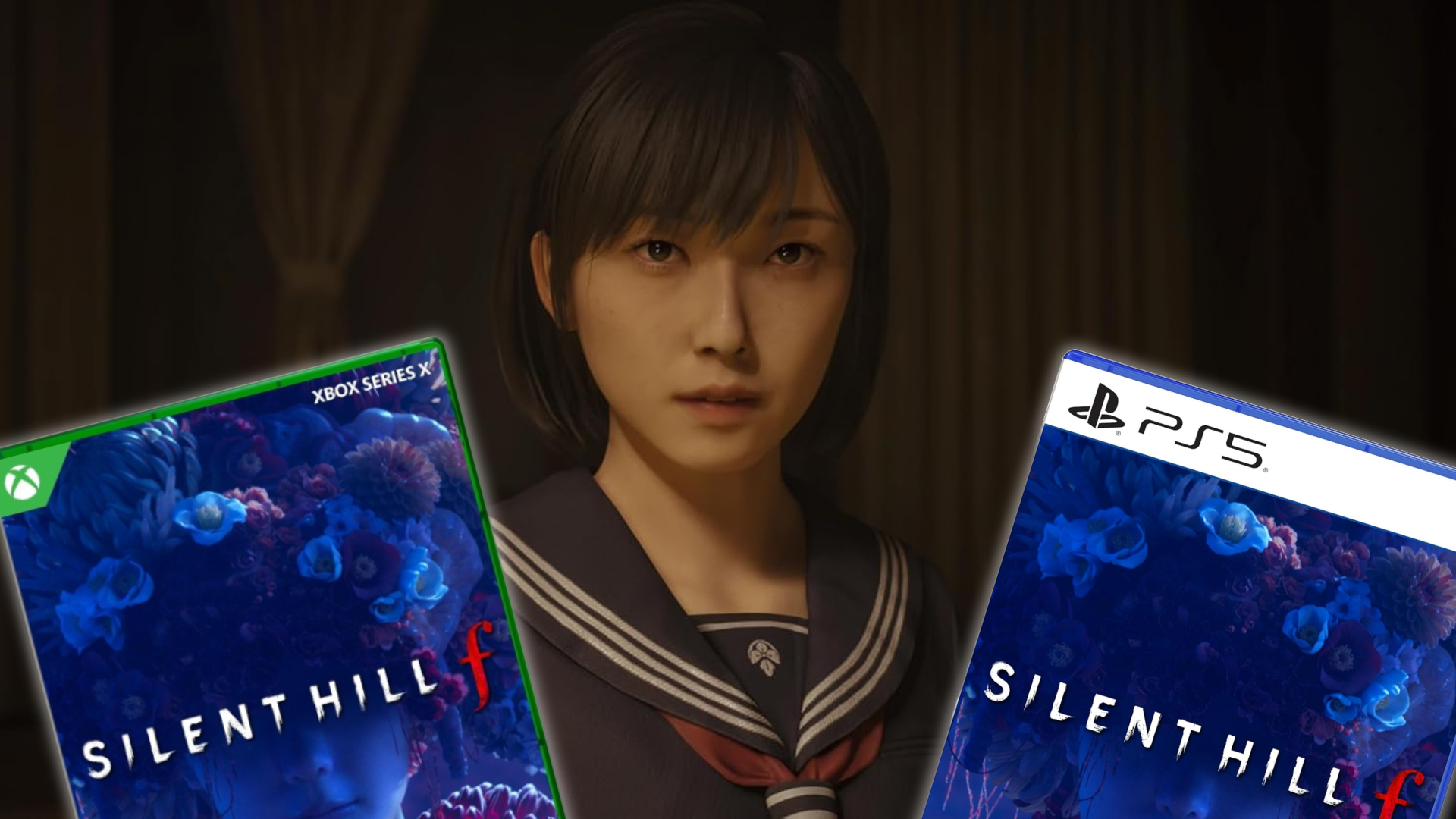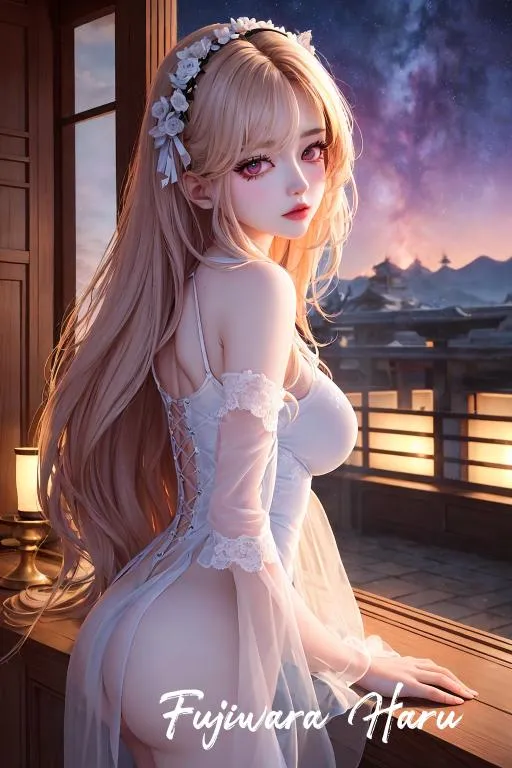
If you’ve ever complained about the dominance of digital special effects in modern Hollywood movies, Werewolves was made for you. The new action-horror movie, now available for digital rental or purchase, has a delicious premise — a year ago, a supermoon turned a billion people into werewolves for one night. Now, it’s about to happen again, and it’s up to the most jacked molecular biologist in the world (Frank Grillo) to stop it. It also relies almost entirely on practical werewolf effects, crafted with great care.
Director Steven C. Miller tells Polygon that he knew from the start that he wanted his pulpy thriller to have as many practical werewolves as possible. He painstakingly worked with effects maestro Alec Gillis and an experienced team with a background at The Jim Henson Company to create an army of hulking 8-foot-tall beasts that could lay siege to the world.
Miller, who calls the movie “a crazy one to make,” has relevant experience making action films (Marauders, Escape Plan 2: Hades) and horror films (Automaton Transfusion, Silent Night), and he was able to combine these experiences for a ludicrously fun midnight movie. (Next up for him: an action-comedy called Under Fire with Dylan Sprouse and Mason Gooding, with an eye on a 2025 release.)
Polygon spoke with Miller about his philosophy on practical effects, the details on how Werewolves’ creatures were put together, and the challenges that come with such an ambitious project.
This interview has been edited for concision and clarity.
Polygon: I wanted to talk specifically about the werewolf design, which is a lot of fun and very different from what we’re seeing from most modern creature designs in movies. When you first joined the project, what were your immediate priorities on how you wanted the werewolves to look?
Steven C. Miller: Look, my immediate priority was practical, right? How many practical werewolves can I put on screen? That was important. And then it became about how I could make them look as menacing as I can. Because I felt like [cinema] kind of went away from that for a while, where they became either humanoid wolves or they became sparkly wolves, or they were just wolves, literal wolves in the wild. So for me, it was about trying to get back to that classic ’80s sort of “man in a suit” vibe, and still give them some bulk and make them as menacing as possible.

Were there any smaller decisions you were particularly happy about in evoking that kind of feeling? I’m thinking specifically about how the heads are designed.
I mean, the heads were a big deal, right? Especially the elongated snout, and making that snout feel like it was even a little bit more raptor than wolf. That gave it a little bit more of a menacing tone, with the teeth and how long it was. And then the head being bigger almost than the body, than the shoulders, made it feel also a little bit more heavy. And it really was more heavy for the guys in the suits.
And then all of the animatronics that were built inside the head — those guys did such a fantastic job of maneuvering. Every detail of that face was maneuverable, even down to the snout, to the teeth, to the drool, to the tongue. It could do anything I needed it to do on cue. So having all of that freedom really allowed me to play with the wolves and give them emotion and a sort of vibe that I hadn’t seen in a while.

What’s the breakdown of how the animatronics fit together?
You have the basic suit that the performer would put on, which was about 50 pounds, 60 pounds. These guys in these suits are probably 7-foot-ish, and then the head is about another foot. Once it goes on, the head attaches so the performer’s actually looking out the neck hole. So all of the animatronics inside are maneuvering the head completely. Whatever motion that head is doing is being controlled by animatronics. The performer is really only moving the body.
So you can imagine, when he actually puts his head down to get into wolf form, he’s almost completely blind. He’s just basically looking at the ground. So everything was choreographed really without their heads on, almost like a dance. And then they had to memorize it and go into all of these fight sequences almost in the dark, trying to do them as memorization. So if you do that on top of having the animatronic guys running all of the gizmos in the head and all of that, having to match synchronicity-wise, it was just a huge undertaking. But the crew was just so great at figuring it out. It was a lot of fun.
Who handled the animatronics?
It’s a specific team that [werewolf designer/effects creator] Alec Gillis brought on. It was his team of puppeteers. I know a lot of them worked really heavily with Muppets and Fraggle Rock. They were really, really gifted individuals who understood how to move, animatronic-wise. And they have to be really good listeners, because they’re hearing me shout out all different kinds of movements, and they’re having to do that instantaneously or try to make that work with whatever the wolf performer is doing inside the body.
We had so much fun — whenever the wolf performer would come up and talk to me, I asked the performers if they would move the wolf mouth while he was talking.

It must’ve felt like a blessing to be able to have people who’ve worked with The Jim Henson Company on a project like this — you’re bringing in the best.
And that, to me, was important when you’re doing a werewolf movie. When you’re doing a movie called Werewolves, if the werewolves don’t work, the movie doesn’t work. And so from day one, all of the money we had really went toward Alec Gillis and his team creating the wolves. It went toward the animatronics.
We shot all this in Puerto Rico, so you have to bring this whole team to Puerto Rico. A lot of people don’t really understand that on a small budget like this, bringing anyone from the States to a location and having to house them, and everything that takes, is a huge expense on a small movie like this. So we really made it a point that we were going to take on that, because we felt like they were really the most important pieces of the movie. We dove in headfirst.
Sometimes these kinds of practical effects get augmented in post with VFX; sometimes they don’t. What was your approach on Werewolves?
My approach was, I didn’t want to touch them after I shot ’em. If there was a werewolf on screen that wasn’t digitally created from the beginning, it was not touched. The suit is what the suit is. We didn’t clean up anything. We didn’t touch it digitally. Obviously there’s color correction going, but as far as touching up or cleaning up, I really refuse to do it, because I really wanted the movie to stand on its own and give Alec and them — I just trusted them that much. I felt like [the werewolves] looked good enough on screen that I wanted the art to show. I didn’t want to touch that.
I wanted to let them be what they were. And if it was a tad clunky, I felt like that was the vibe, and that gave it the flavor I was looking for anyway, that ’80s material that they had. They didn’t have ways to touch [effects] up later back then. So you live with it, and I liked it.

You suggested there are other werewolves on screen that weren’t practical — I’m guessing some were digital effects in the background for scale?
In the background, we had digital guys that were giving us some effects — more of the werewolves running through the town square. I think there’s like three of ’em. But the cool thing about that is, even the visual effects supervisor was on from day one. So I had him in there with our practical creators, hands on, scanning everything from the beginning, so the digital effects were matching my practical effects, and not the other way around. It tends to happen sometimes when you get to post-production, you’re like, Oh no, we need to create these things, and they’re creating it based on not being there. So with the visual effects and practical [teams] being there together, I was able to make calls of saying, “Hey, these guys are going to look a certain way.” I need the visual effects to also feel just as, for lack of a better word, clunky as the original, and not have this overly overt smoothness that these guys couldn’t do. So yeah, they all were working as one, and it came together really well.
This is an ongoing discussion, both in Hollywood and outside of it, about the dichotomy between practical and visual effects. Is that something you felt particularly strongly about just for this movie? Or is that a philosophy you hold in general?
I am a fan of artists, and I was pretty adamant in my first posts when the trailer came out that people understood the movie is 90% practical, but the 10% that are visual effects are really fucking strong. And that I was going to stand behind the visual effects artists that did a lot of work on this movie, and made sure they got their due, because they did do some really great work. They created some really great wolves that, in my opinion, it’s hard to tell if they’re there or not.
I mean, there’s visual effects in this movie that you wouldn’t know [were there]. The roof opening, for instance, is all visual effects. Those guys did a really fantastic job themselves. I’m just a big fan of artists — I think all of that [digital work] can be done well and can be done together, and people wouldn’t have any idea. So it’s tough for me when people are like, “Oh no, it can only be practical.” I disagree. I like the idea of having new school and old school married together. It’s all about uplifting the work of artists.

These kinds of practical suits and animatronic rigs, and the experts to make them work, can be very expensive — which may be one reason a lot of movies go for digital effects, which have gotten cheaper. But another reason is that complicated practical effects can create limitations in terms of what you can shoot and how you can shoot. How did that come up for you on this movie? How did you work around your barriers?
The biggest limitations are when you want [the werewolves] to get into gigantic fights. We have a whole sequence where wolves are fighting each other at the end in rain, and they’re on wires. So at those points, you start to really feel their limitations, and you have to really start tapping into that creative gene if you’re going to stick with the idea of it being practical. My DP was really great at figuring out how to light them and shoot them. And then it’s just about coming up with really creative, clever solutions. You almost feel like you’re like a kid again in the backyard with your friends, trying to find out What’s the best way we could make this character do this without some fancy equipment? We did one where we would set the wolf on the bed of a truck, and we would shoot off the bed of the truck. So it looks like he’s running, but he’s just sitting on a truck. You know what I mean? So you just start getting really creative. Things start flowing out of this kind of stuff. And to me, that’s when the best ideas come out.
I also felt like there was some creativity from a storytelling perspective too. One of my favorite elements of this movie is it feels like, Forget even making a first movie, we’re just going to make a movie that feels like a sequel. That’s so much fun — especially because I would imagine trying to make the first movie, where a billion people turn into werewolves, was not going to be a practical possibility.
Yeah, exactly. And I also felt like the audience has seen that movie. Creating it in your brain, even though we’re only giving you little bits and pieces here, you can imagine what that other world could be, even if we couldn’t get there yet. I feel like that’s a lost art in a lot of movies, where they feel like they have to tell you every single thing, because they think younger audiences won’t get it. Well, I disagree. I think younger audiences are really smart, and I think they’re also enjoying the ride, and they want to have some fun thinking about it as they go. So that’s what we were trying to do.

This movie really harkens back to a certain era of pulpy midnight thriller, with the werewolves’ designs and the plot. One of my favorite details is ripped-as-hell Frank Grillo being one of the world’s premier molecular biologists. I love that. That feels like such a throwback to ’80s action characters. Did you grow up watching and loving those kinds of movies?
I grew up watching those for sure. I feel like I’m an ’80s kid at heart when it comes to movies, and I like cinema as far as where you were able to suspend your disbelief and just watch the movie and have fun. That’s what I did growing up, and that’s what those movies were. They didn’t care if the character looked the part, as far as being a biologist, but he was the guy that was going to save the day.
That harkens back to movies like Terminator, the kind of movies I grew up loving and enjoying — Alien, Aliens, those kinds of movies. Your everyday character was going to take control and save the day. Pulp and cheese. You just want to throw it all at the screen and let the audience just have a blast.
Werewolves is available for digital rental/purchase on Amazon and Apple TV.
Source:https://www.polygon.com/movies/499285/werewolves-movie-creature-design-practical-effects